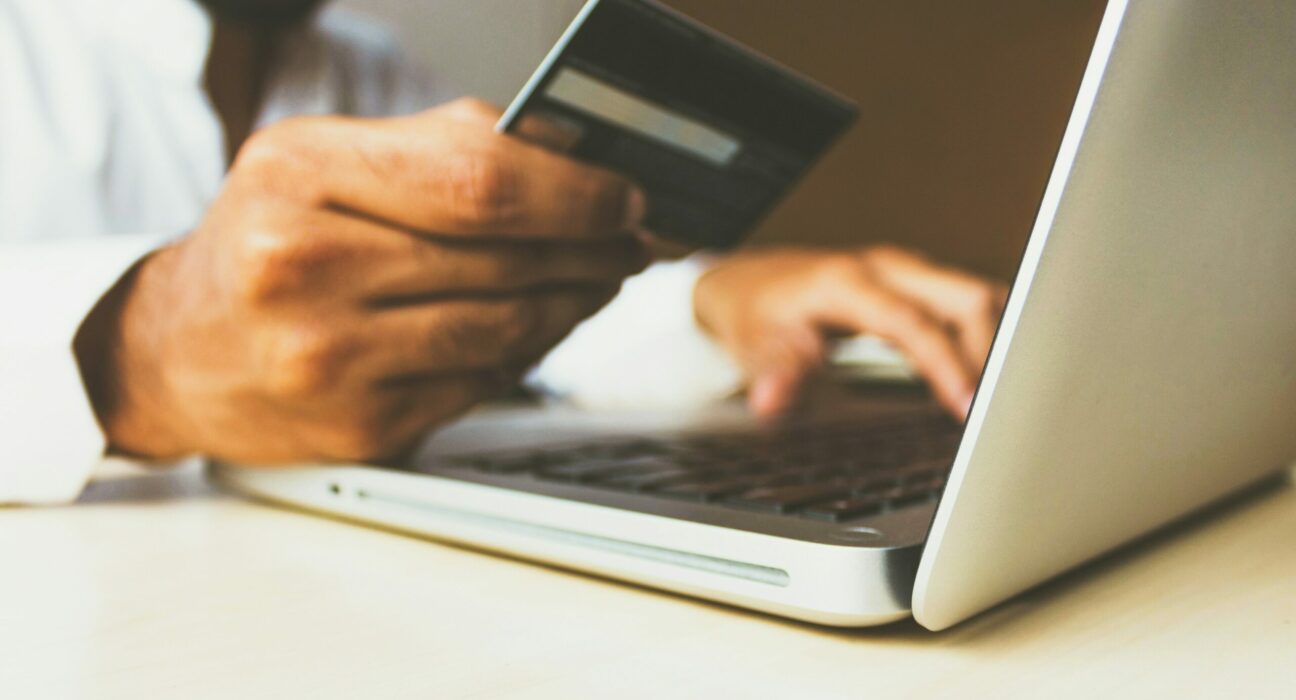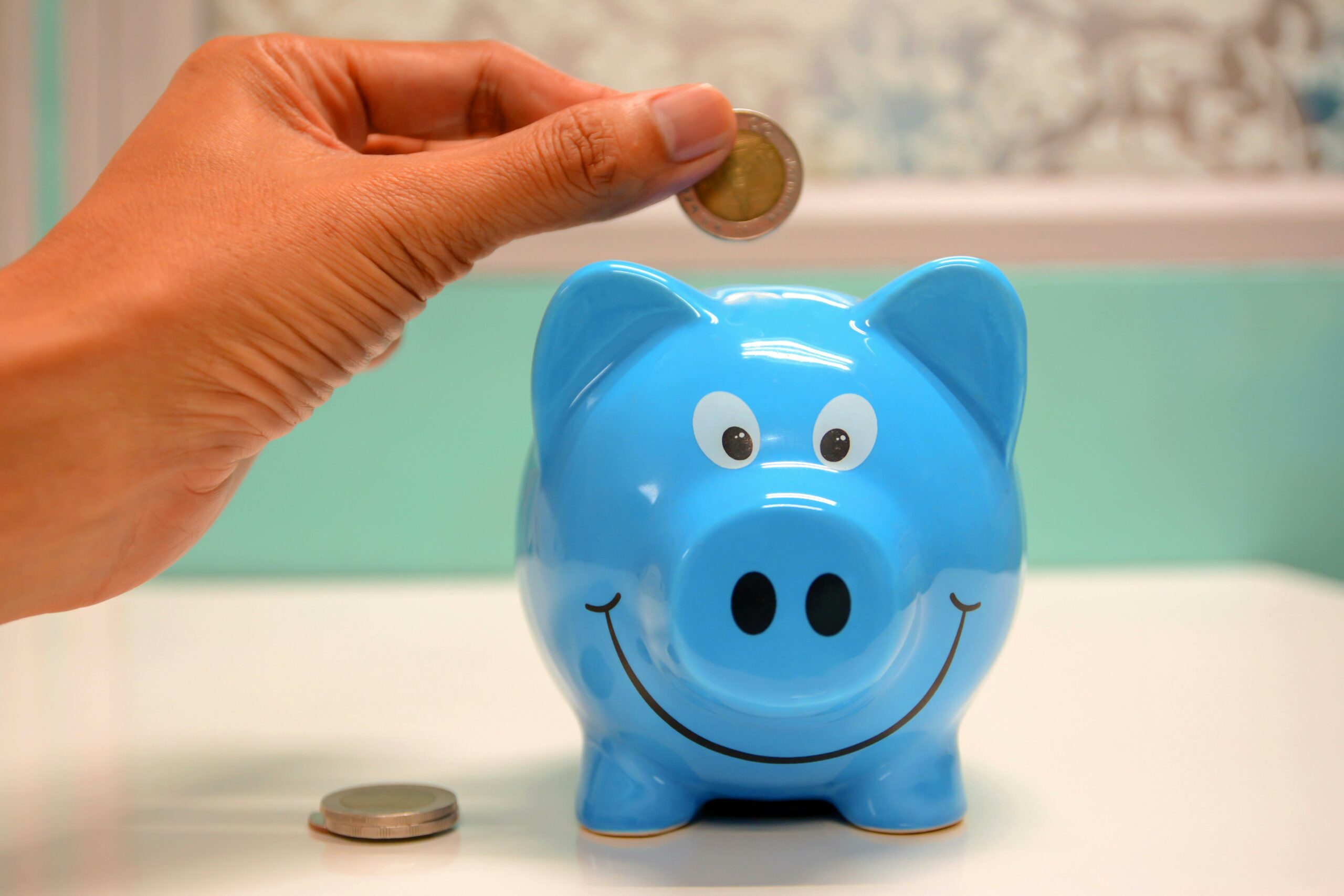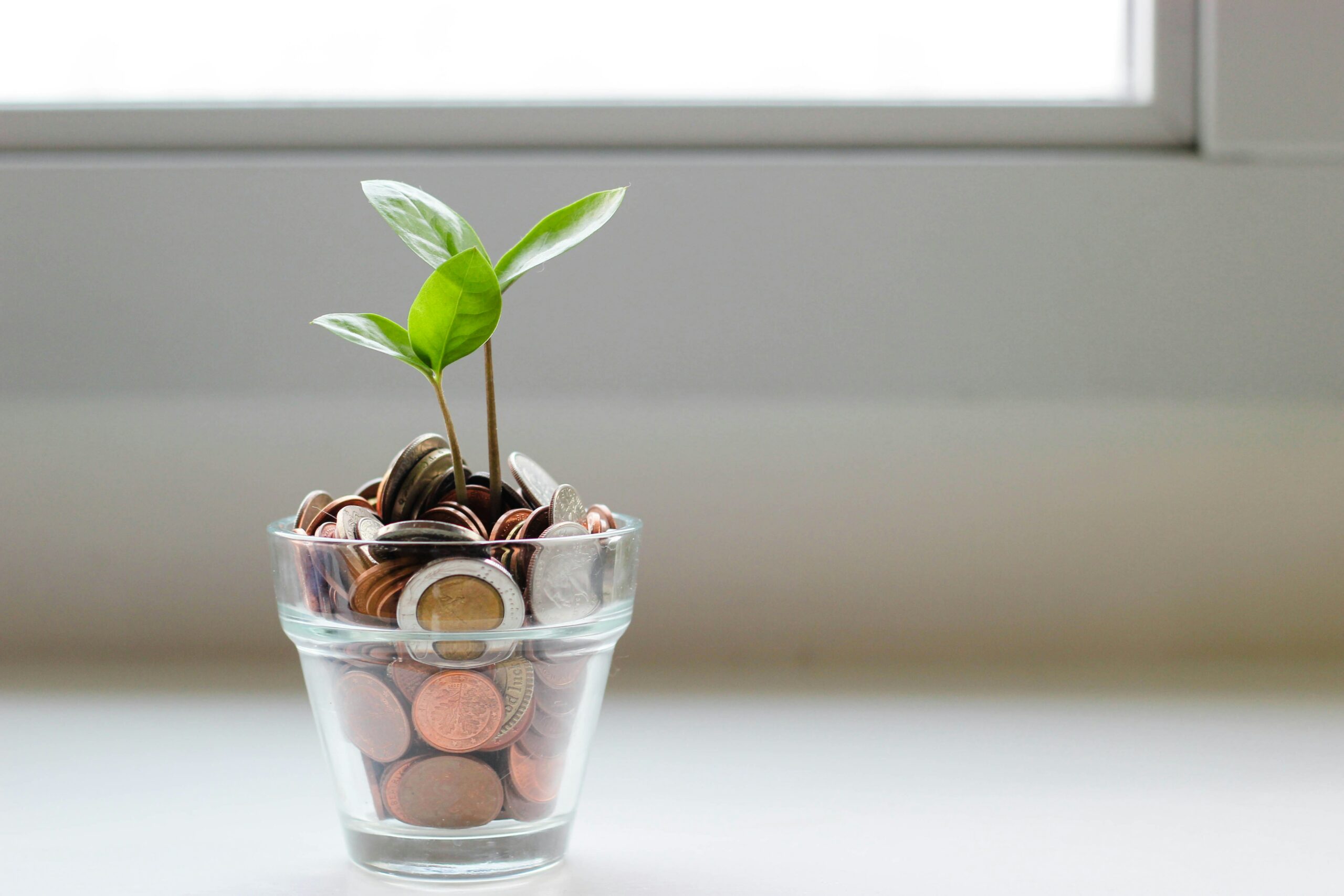“Buy now, pay later” (BNPL) has become the go-to way to afford anything from shoes to laptops without pulling out a credit card.
Apps like Afterpay, Klarna, Affirm, and Apple Pay Later offer what sounds like a great deal: get what you want today, split the cost into 4 interest-free payments, and avoid debt altogether.
But here’s the truth no one talks about:
Buy now, pay later is still a form of debt. And in many cases, it’s costing you far more than you think.
In this article, we’ll break down how BNPL really works, the hidden risks behind those “easy payments,” and what smarter alternatives you can use instead.
Why Buy Now, Pay Later Is So Popular
BNPL exploded after 2020, as more people started shopping online and companies raced to make checkout frictionless.
What used to require a credit card now only takes a few taps.
You can:
Buy something instantly
Pay nothing today
Avoid interest (in theory)
And feel like you didn’t actually spend money
BNPL isn’t just for big purchases anymore — you can use it for $30 beauty products, clothing, or even food delivery in some countries.
That’s the problem.
Because it’s easy, it’s dangerous.
How BNPL Really Works
When you use BNPL, the provider (like Klarna or Affirm) pays the merchant on your behalf.
Then you pay the provider back in installments — usually over 6 weeks (4 payments), or in some cases over several months for larger purchases.
They make money in three ways:
Merchant fees — companies pay to offer BNPL at checkout
Late fees — if you miss a payment, you’re charged
Long-term financing interest — some plans carry interest after a grace period
They also collect a lot of behavioral and spending data — which becomes valuable for future marketing.
The Hidden Costs of “4 Easy Payments”
Here’s what most people miss:
1. It Encourages Impulse Buying
You’re far more likely to say yes to something that’s “only $12 today” than $50 upfront.
This breaks the mental connection between cost and value — and leads to more frequent, less thoughtful spending.
Over time, small BNPL purchases snowball into major monthly obligations.
2. You Don’t Track It Like Debt
Unlike credit cards, BNPL purchases don’t appear on most budgeting apps or in one place.
You get hit with multiple upcoming payments across apps (Klarna, Affirm, etc.) — and often forget how much you owe.
This creates hidden debt that many users don’t account for — until payments start bouncing.
3. Late Fees Add Up
Miss just one installment and you could be hit with:
Flat late fees (up to $8 per missed payment)
Account locks
Negative impact on your credit score (in some regions)
Many users assume there’s “no risk,” but one late payment can cost you more than the product discount you used it for.
4. It Doesn’t Help Your Credit — But It Can Hurt It
BNPL purchases typically don’t build your credit score because they aren’t reported to major bureaus.
But some providers do report missed payments, which can damage your credit with no upside.
So you’re taking the risk — without the reward.
Real-World Example
Imagine you buy:
$150 worth of clothes with Klarna
$80 headphones with Afterpay
$120 sneakers with Affirm
Each purchase is “only” $20–40 today.
But now you owe $350 across three platforms — with staggered due dates, automatic withdrawals, and no unified place to manage them.
You miss one payment. Now you’re hit with fees, and your bank account is short for rent.
How BNPL Hurts Saving Goals
Every “small” BNPL purchase is a future budget liability.
That means:
Less room to save each month
More stress managing multiple payment cycles
A higher chance of needing credit cards (again) when cash runs short
You’re not paying interest — but you’re still delaying a cost you haven’t truly earned the right to make.
That’s the opposite of financial freedom.
What to Do Instead: Smarter Alternatives
1. Use a Zero-Interest Saving Challenge
Instead of paying something off in 4 weeks — save for it in 4 weeks.
You keep full control of your money, you don’t risk fees, and it builds a habit of intentional spending.
Use apps like:
Qapital or Monarch Money to automate mini-savings goals
Sinking funds to separate money for purchases without using debt
Related: Learn about 5 Easy Budgeting Apps to Help You Take Control of Your Money
2. Pause 48 Hours Before Every BNPL Decision
Create a rule:
If you want something through BNPL, wait 48 hours before buying.
During that time:
Recalculate if you really want or need it
Check your budget
See if you’d pay the full price in cash
If it’s still a yes — at least it’s a conscious one.
3. Plan Monthly Spending in Advance
The biggest issue with BNPL isn’t the payment — it’s the surprise factor.
Start each month by planning:
Major expenses
Shopping goals
“Fun money” limits
Use a budgeting app or spreadsheet to block out amounts before you buy.
This puts you back in control — not Klarna, not Afterpay.
Related: You may also like 10 Daily Habits That Will Make You Financially Stronger Over Time
Conclusion
Buy now, pay later sounds modern and harmless — but in reality, it’s just a dressed-up form of debt.
If you’re not careful, BNPL will:
Increase your total spending
Create hidden payment obligations
Sabotage your saving goals
Risk your financial reputation
The solution isn’t to fear it — but to see it clearly.
If you want real financial control in 2025, focus on delayed gratification, clear budgeting, and value-driven spending.
Because the best feeling isn’t getting something today.
It’s knowing you actually own it — and still have money in the bank.





